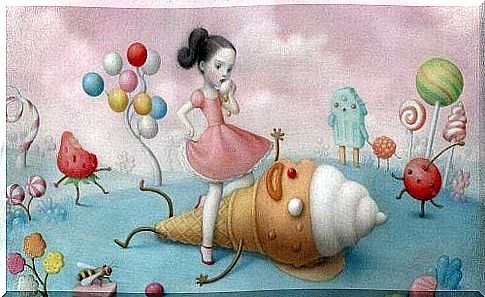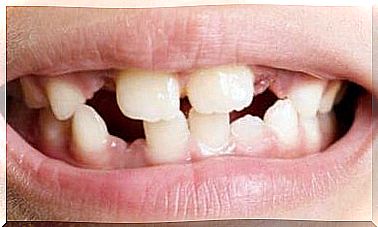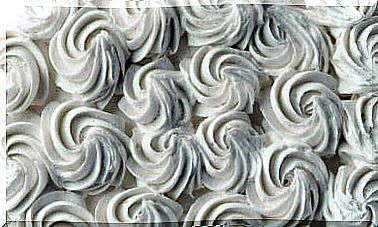Do You Have A Spoiled Child?

Spoiling your children can make them into people who don’t respect the rules and don’t take responsibility for their own actions. All of this can have serious consequences when they reach adulthood. This article provides information about the behavior patterns of a spoiled child.
Read on to find out if you need to make any changes to the way you raise your kids and avoid spoiling them.
The behavior of a spoiled child
The circle of tantrums

Tantrums are a tool for any spoiled child because in most cases they know they are getting their way. This behavior mainly causes an adult to feel ashamed and guilty. Take a look at the following example:
- A child is with a parent in the supermarket and wants to have sweets.
- The parent says “no” .
- The child insists on it and then realizes that the parent will not give the candy. So he/she throws himself on the floor and starts kicking and screaming.
- Once the parent sees this, he/she will respond by looking at the other parents and then begin to feel guilty. Their faces turn red with embarrassment and they give in and say, “Fine, you can get your candy this time, but don’t ever do it again.”
What actually happened here? The child has managed to manipulate their parent by making them feel guilty and ashamed. At the same time, the parent has lost authority because he/she has succumbed to the child’s bad behavior. This can provoke future tantrums.
Parents who know that a child will behave better when they have their way may turn to bribes when they want their children to perform certain tasks or responsibilities (doing an exam well, for example).
A lack of boundaries at home

The reason for setting boundaries at home is not because parents are tough on their children, trying to harm them psychologically, or don’t love them. It’s just the opposite. Boundaries are very necessary.
Parents must be strict with their children and follow their own rules. Marking a boundary and letting a child walk across it, as described above, is completely unacceptable. Parents must be strict in the decisions they make. If they are just one more indulgent, the whole lesson can be a waste of time.
- So if you set a limit by saying, “You won’t get any sweets today” , then your child won’t get any sweets all day, period.
- It doesn’t matter what happens, how much they cry, how much tantrum they throw or how embarrassed you feel.
A spoiled child needs to learn that adults are serious. They need to understand that “no” actually means no. If boundaries are set right from the start, in most cases disobedience or even tantrums will not occur. That’s why you need to implement your rules as soon as possible.
A child is not born spoiled, he/she is raised that way
A spoiled child is not born that way. It is all based on the persistence of the parents. If they allow a certain amount of selfishness in their child, their child will eventually become dissident and their behavior will get worse and worse.
Sooner or later the children will eventually:
- insult their parents
- check them
- exercise their power over them, which they are not allowed to have
Plus, in the end, they won’t know how to appreciate what they have, always want more, and never learn how to be truly appreciative.
A spoiled child can become a very unpleasant person as an adult, which can be harmful to others and especially to themselves. Children need boundaries and parents should act like parents rather than friends so that their children are never disrespectful or manipulative.
Remember that anything you do to avoid spoiling your children will help them to be better people in the future, who know how to maintain healthy relationships.








